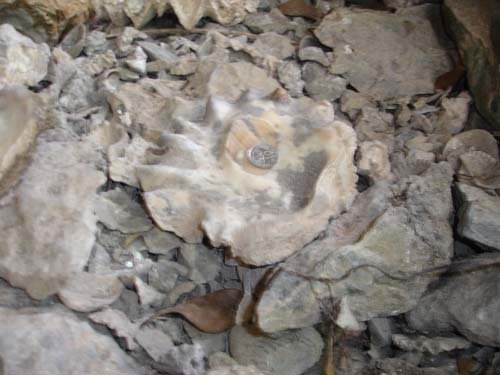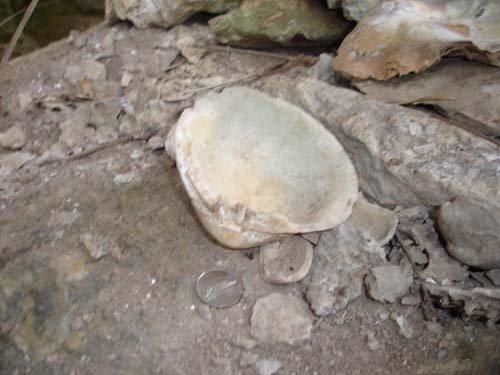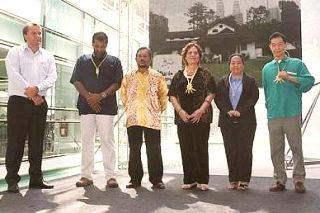
Langkawi Geopark
May 2007. For over 35 years, academicians and naturalist have studied the Langkawi archipelago, which is part of the Gondwana Range, Ample data and information have been gathered on its biodiversity (flora and fauna) from both land and sea, Its geological information has been vast and comprehensive arising from 90 geological research sites or geosites registered.
Geologists have proclaimed that Langkawi’s geology isunique and transcend with very high heritage value.
In recent years Langkawi has experience rapid urban expansion which resulting 40% lost of habitat and in turn threatens the success of tourism industry. In April 2003, the first scientific and heritage expeditions to Langkawi organized by Malaysia Nature Society, LADA and University Kebangsaan Malaysia to assess the biodiversity, natural resources and associated socio economic activity.
On 19th Sept. 2006, LADA and the National University of Malaysia (UKM) jointly presented the concept papers on Langkawi Geopark at the 2nd UNESCO Conference on Geoparks in Belfast, Northern Ireland. Following this, a UNESCO evaluation delegation visited Langkawi within the year and the islands’ UNESCO listing would be accorded by the 1st half of 2007
Under UNESCO a geopark will include the conservations of the heritage sites and the involvement of community especially in relation to tourism. Any development in Geopark areas are permitted so long as it is done in a controlled and planned manner. Involvement of local community is encouraged especially in tourist related industry. Geosites that have been developed as a recreational sites include Seven Wells waterfall, Temurun Waterfall, Kisap-Kilim area and Dayang bunting Lake.
Pictures by Madi








